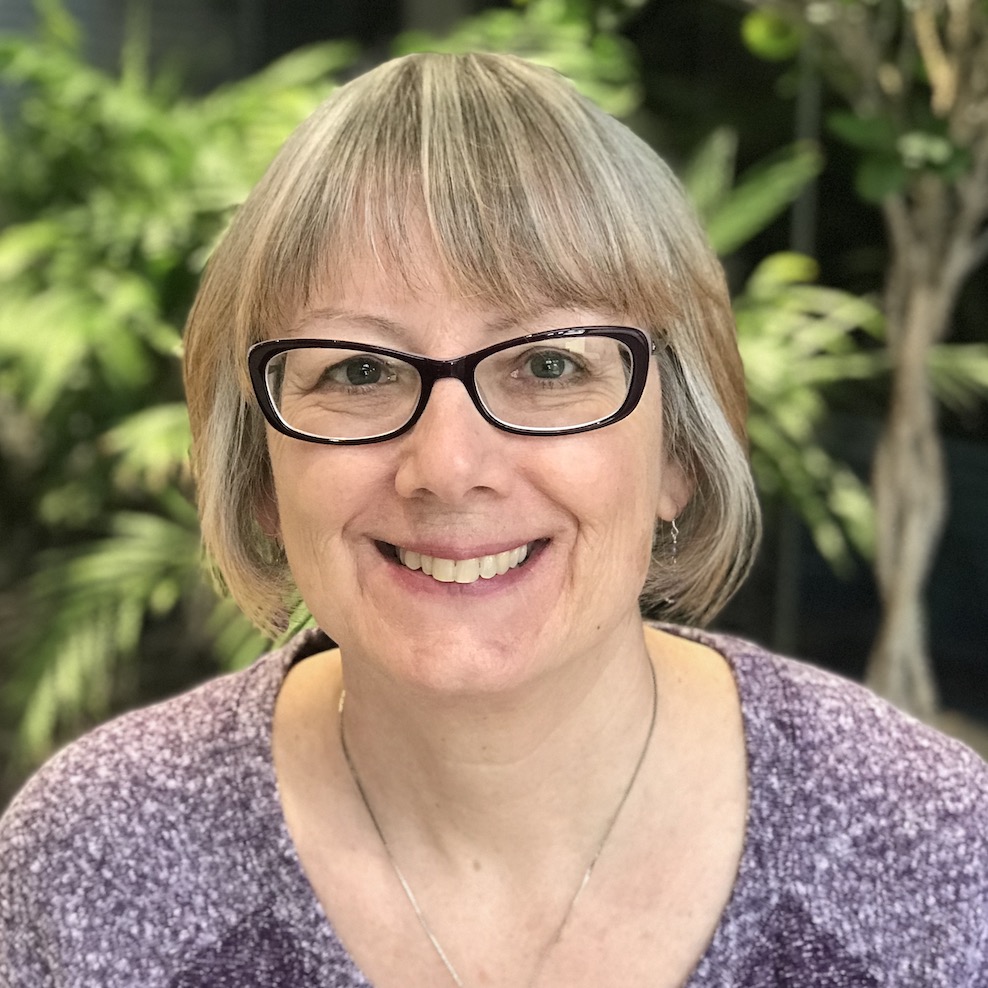
At moments of peak electricity demand, many cities and utilities operate power plants designed only to run for these times. Unfortunately, many of these “peakers,” as they’re often called, run on fossil fuels at much a higher cost per kilowatt-hour than base load power. In the case of Oakland, California, its peaking plant in Jack London Square burns jet fuel for electricity during surges in demand, which obviously isn’t good for the surrounding area’s air quality.
Now, Oakland is replacing the plant running on jet fuel with residential solar-plus-storage installations for low-income neighborhoods in West Oakland and elsewhere across the city. The contract with solar provider Sunrun for a virtual power plant with 500 kilowatts of capacity was approved on July 17 by the East Bay Community Energy (EBCE) board of directors, with operation planned by 2022. EBCE is a community-choice aggregator, buying power for the county at affordable prices.
A large battery system installed at what is currently the jet fuel-based plant will store electricity from the grid when demand is low and send this stored energy to the grid when demand rises. The electricity will first be available for low-income families living in nearby neighborhoods, and additional power will be stored in the batteries. Any excess electricity will then be distributed across the city’s general grid. The solar-plus-storage system, dubbed a virtual power plant, offers several major advantages:
- High grid efficiency and lower costs, which eliminates power loss associated with long-distance transmission
- No additional infrastructure, as in new power lines and generation plants, is required
- Better response time for ramping up and ramping down
- Black start capabilities, which restores power without requiring electricity from the grid, will be possible
- And in the long term, this system will provide residents with access to more clean power and resilience
Sunrun, widely considered to be a leading installer of U.S. residential solar systems, is on its way to becoming a leader in cloud-based, virtual power plants as well. The company signed a contract with ISO New England in 2019 to provide 20 megawatts of power capacity, using 5,000 home battery-plus-solar systems, by 2022. More recently in Southern California, Sunrun is planning to replace one of the three Los Angeles natural gas power plants scheduled for retirement with a similar system. About 75,000 homes would replace peak capacity at the existing plant, potentially saving $60 million.
Similar solar projects are being built around the world, mainly to address long-term resiliency issues. Tesla is working with the government of South Australia to fit 50,000 homes with solar panels to produce energy and using its battery system to store it, which will supply about 20 percent of the region’s energy requirements. In Japan, another California company called Autogrid is combining 10,000 distributed energy assets into one resource for what is considered the world’s largest behind-the-meter virtual power plant. Two hundred batteries will be installed, with other energy assets like solar and electric vehicle chargers being incorporated at a later date.
As extreme weather and other natural disasters continue to cause major power outages to the grid, Oakland’s virtual power plant, in addition to others around the world, will play a critical role in keeping the lights on. Not only that, but they will help cities and states move away from fossil fuels, help local governments meet their climate action goals and provide a cleaner, healthier and safer environment for their residents.
Image credits: Paul Stokstad/Wiki Commons; City of Oakland/Facebook

Laurel has extensive experience writing about energy efficiency, clean energy, sustainability and green building. She was formerly Senior Energy Content Specialist for a digital marketing firm serving the utilities industry where she generated story ideas and wrote content for several e-newsletters. Laurel is also a member of the Ohio chapter of the U.S. Green Building Council and participates on several committees for the Central Ohio region.














